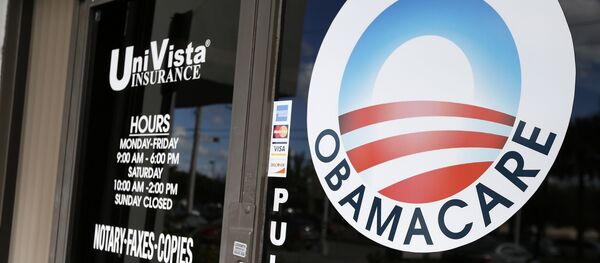Meanwhile, the possibly game-changing plan to increase infrastructure spending and cut taxes, outlined by the Trump administration, has already taken a while to put together. Moreover, the recent commentary from Treasury Secretary Steven Mnuchin suggests further delays, motivated by the political discord in Washington.
This means the previous expectations that the fiscal stimulus package will kick in in early 2018 are dissipating gradually, and the US economy is likely to move well into the next year under the currently fading momentum of the weak post-Great Recession recovery.
Treasury Secretary Mnuchin said that the tax reform proposal, currently in the works in the White House, might face complications getting through Congress. He cited the recent healthcare reform obstruction as a blueprint for the Washington decision-making mechanics when it comes to the ambitious reformist goals of the Trump administration.
The initial plans, Mnuchin said, to get the tax reform package through Congressional approvals by August 2017 are “not realistic at this point.”
"It is fair to say it is probably delayed a bit because of the healthcare," Mnuchin said in his interview with the Financial Times.
At the same time, the US economy requires more urgent measures to prevent a cyclical recession. An average economic cycle lasts roughly 10 years, and with the last US economic contraction having commenced with the mortgage crash of 2007, the chances of a new recession are currently heightened. Additionally, US GDP growth is slowing to below 1pc year-on-year, according to Fed projections – after the roughly 1-percent growth throughout 2016, as Trump himself repeatedly pointed out on his electoral campaigning trail that year.
“The forecast for first-quarter real GDP growth fell 0.4 percentage points after the light vehicle sales release from the US Bureau of Economic Analysis and the ISM Non-Manufacturing Report On Business from the Institute for Supply Management … and 0.2 percentage points after the employment release from the US Bureau of Labor Statistics and the wholesale trade release from the US Census Bureau,” Federal Reserve Bank of Atlanta said in their March statement. “Since April 4, the forecasts for first-quarter real consumer spending growth and real nonresidential equipment investment growth have fallen from 1.2 percent and 9.7 percent to 0.6 percent and 5.6 percent, respectively.”
Following the 2.1-percent annualized economic expansion in 4Q16, a slowdown to 0.6pc in 1Q17 would be the most dramatic drop since 2014. However, that year, a revolution in shale oil extraction, which overhauled the global energy market, benefitted the US economy greatly. This time around, there are no observable economic drivers in the US economy, comparable in scale to the shale revolution, which could accelerate GDP growth.
The US bond market sent an alarming signal this April, when the benchmark 10-year US Treasury yield declined to below 2.3pc. This means market participants have started buying into safe haven debt assets again after the elevated hopes of the first two months of the Trump presidency. Previous market expectations were for the Treasury yield to break above 2.6pc, but now it feels like investors are asking whether Trump is going to make any difference wtih regard to economic policies.
Furthermore, on Monday, 17 April, the benchmark Treasury yield dropped to below 2.2pc. Debt yields typically decline due to pessimistic market sentiment.
"We're breaking down now. You've got the long end of the curve coming in. You've got the short end of the curve going up because the Fed is starting to hike rates. You're starting to flatten the yield curve," David Nelson of Bellpointe Asset Management said. "At some point in time, economists are going to start using the 'r' word (recession)."
Nelson also cited the failure of Trump’s effort to reform healthcare off the bat as having hurt market sentiment with regard to economic reform expectations.
Still, the US central bankers are not quite pessimistic yet. With the Federal Reserve staying the course, raising base borrowing costs as tight labor market and inflation are still supporting the normalization of monetary policy, other Fed indicators have yet to suggest the high probability of a recession. According to the New York Fed data, the chances that a recession hits the US in the coming twelve months are 5.1834pc as of March.
A month earlier, the same indicator suggested a 4.1727-percent chance of a recession in the forthcoming year.
Albeit the degree of economic skepticism has risen recently, with investors cautiously hedging against the possible losses that entail a typical cyclical recession, the ongoing structural readjustment in the US economy, focused on manufacturing and the narrowing foreign trade balance, might help avert a full-blown recession until the fiscal package arrives to boost the economic output.
However, the slowdown in yearly GDP growth is poised to continue under the current economic policies, as structural inefficiency and low labor productivity are holding down the output capability of the US economy.
Never miss a story again — sign up to our Telegram channel and we'll keep you up to speed!




